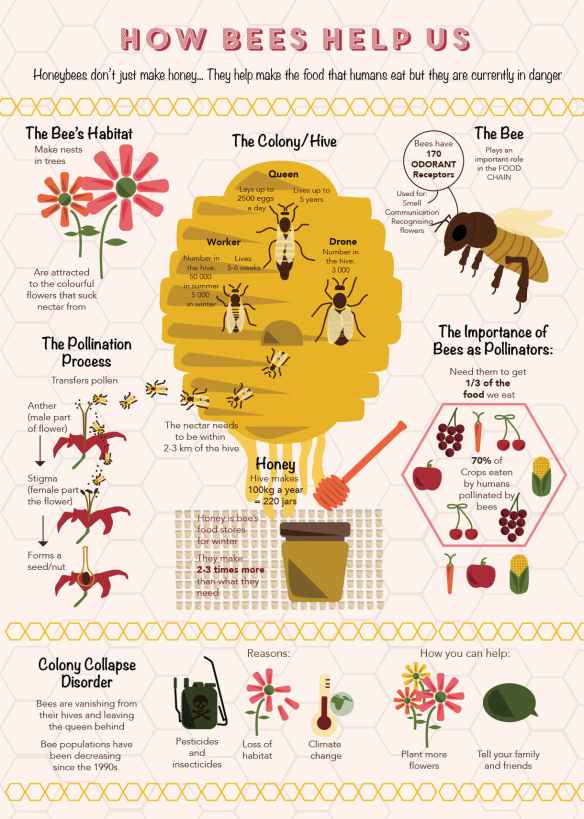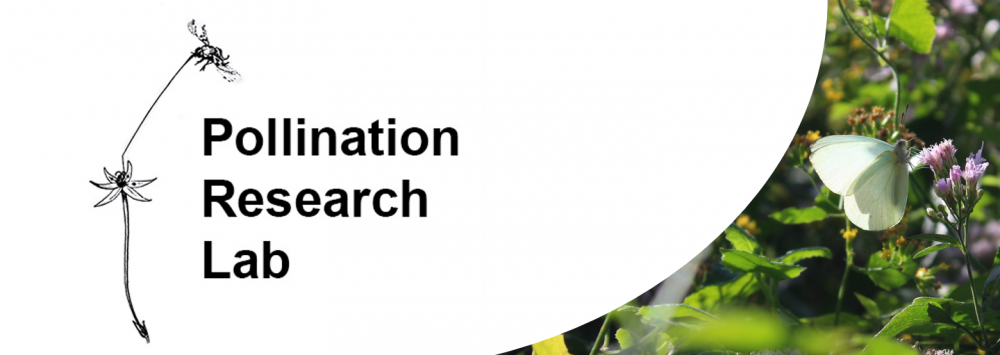Happy world bee day!! Today we are celebrating these hard little workers and remembering just how important their role in pollination is and indeed, how important our role of studying these interactions are. From the UN who designated 20 May as world bee day to raise awareness of the importance of pollinators, the threats they face and their contribution to sustainable development:
From the UN who designated 20 May as world bee day to raise awareness of the importance of pollinators, the threats they face and their contribution to sustainable development:
“Bees and other pollinators, such as butterflies, bats and hummingbirds, are increasingly under threat from human activities. Pollination is, however, a fundamental process for the survival of our ecosystems. Nearly 90% of the world’s wild flowering plant species depend, entirely, or at least in part, on animal pollination, along with more than 75% of the world’s food crops and 35% of global agricultural land. Not only do pollinators contribute directly to food security, but they are key to conserving biodiversity. The goal is to strengthen measures aimed at protecting bees and other pollinators, which would significantly contribute to solving problems related to the global food supply and eliminate hunger in developing countries. We all depend on pollinators and it is, therefore, crucial to monitor their decline and halt the loss of biodiversity.”
From the the global youth biodiversity network (GYBN) who this year are including world bee day and the international day for biological diversity (IDB) as part of a week of action:
“The IDB takes place every year on May 22. It is the United Nations sanctioned international day for promoting awareness around biodiversity issues. This year, IDB offers an opportunity for us as a global community to re-examine our relationship to the natural world, reflect on challenges and accomplishments, and renew resolve in overcoming the environmental challenges facing the world today. Additionally, it is a call for hope, solidarity, and working together at all levels to build a future of life in harmony with nature. The year 2020 is a pivotal year in environmental governance as we close out the UN Decade on Biodiversity 2011-2020 and welcome the UN Decade of Ocean Science for Sustainable Development and the UN Decade on Ecosystem Restoration. It is also witness to the final period of the Strategic Plan 2011-2020 and its 20 Aichi Biodiversity Targets. In the lead up to the 15th meeting of the Conference of the Parties to the Convention on Biological Diversity (COP15), IDB 2020 provides an opportunity to continue to build momentum toward the adoption of a strong and impactful Post-2020 Global Biodiversity Framework.”











